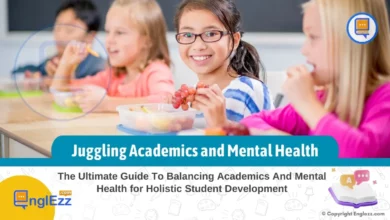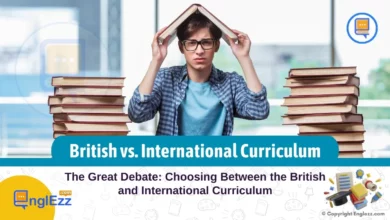In the intricate tapestry of a student’s academic journey, there exists a pivotal thread that weaves together the fabric of success: the profound partnership between parents and teachers. This alliance is not merely a collaboration; it is a dynamic force that holds the key to unlocking boundless potential within each child. Through the lens of open communication, mutual respect, unwavering empathy, and shared goals, this bond blossoms into a resilient foundation upon which academic triumphs are built. Boost student achievement with strong parent-teacher partnerships. Discover strategies to build trust and collaboration effectively.
Parent-Teacher Partnerships: Building Trust and Collaboration
Imagine a realm where dialogue flows freely, where understanding flourishes, and where aspirations merge to create a harmonious symphony of learning. Here, parents and teachers stand as partners in progress – catalysts for growth, nurturers of knowledge, and champions of collective achievement. It is within this sacred space that trust finds its roots, blossoming into a garden where seeds of collaboration are sown with care and intention.
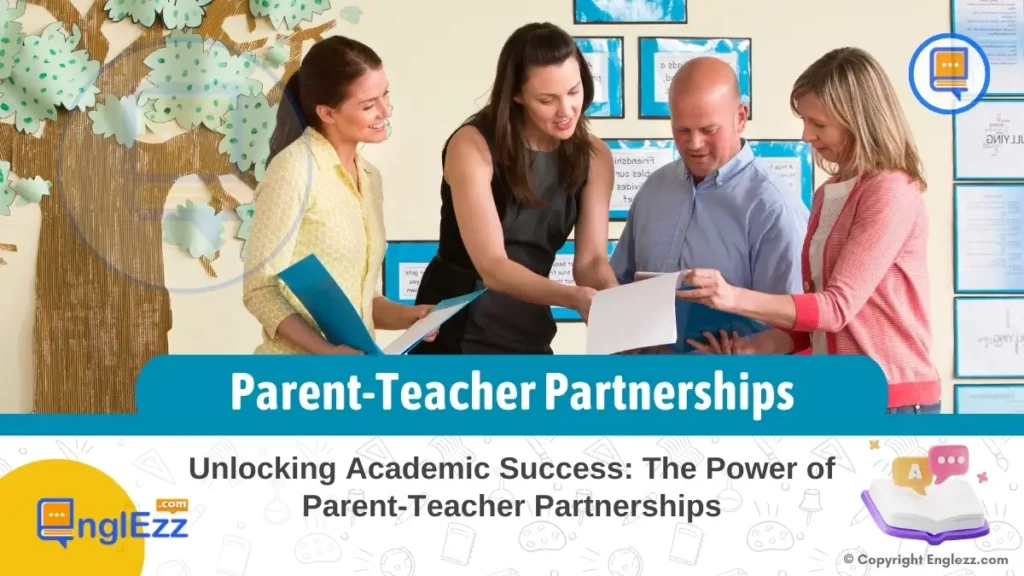
In embracing the power of synergy between home and school, both worlds unite in purpose to sculpt bright futures and pave pathways towards academic excellence.
The Foundation of Trust and Collaboration
In the realm of education, trust serves as the bedrock upon which fruitful parent-teacher partnerships are built. When parents and teachers trust each other’s intentions, capabilities, and dedication to the child’s academic and personal growth, a powerful alliance forms. This trust allows for open communication channels to flourish, fostering an environment where concerns can be addressed transparently and solutions can be collaboratively sought. By recognizing the essential role of trust in these relationships, both parents and teachers pave the way for a more harmonious and productive partnership.
Effective parent-teacher partnerships thrive on ongoing communication and transparency. Regular updates on a child’s progress, sharing insights into their learning preferences or challenges, and discussing strategies for support all contribute to a sense of shared responsibility towards the student’s success. Transparent exchanges not only build mutual understanding but also create opportunities for joint problem-solving when faced with obstacles. Through consistent communication infused with honesty and respect, parents and teachers can cultivate a collaborative spirit that echoes the shared goal of nurturing each child’s potential.
To illustrate this point further, consider a scenario where a teacher notices a sudden decline in a student’s performance. By reaching out to the parents promptly with concerns and observations, the teacher initiates a dialogue that can uncover underlying issues impacting the student’s academic journey. In response, parents who trust the teacher’s expertise are more likely to engage constructively in brainstorming solutions and offering insights from their vantage point at home. This exchange exemplifies how trust sets the stage for collaboration – where challenges become opportunities for joint problem-solving rather than sources of conflict or misunderstanding.
Real-Life Examples of Successful Parent-Teacher Partnerships
In the realm of education, the power of collaboration between parents and teachers shines brightly through real-life success stories that highlight the profound impact a united front can have on a student’s academic journey. Take, for instance, the Case family whose daughter struggled with reading comprehension in her early elementary years. By forging a strong partnership with her teacher, Mrs. Rodriguez, the parents proactively communicated their concerns and worked together to implement personalized reading strategies both at school and home.
Through this joint effort, the child not only improved her reading skills but also gained confidence in her abilities, showcasing how collaborative relationships can transform educational outcomes.
Another compelling example comes from Mr. Chen, a math teacher dedicated to fostering a growth mindset in his students. When he noticed one of his students showing signs of mathematical anxiety and disengagement, he reached out to the student’s parents to discuss tailored support mechanisms. By creating an open dialogue and sharing insights into the student’s progress and challenges, Mr. Chen and the parents developed a plan that included additional practice resources at home and targeted interventions during class.
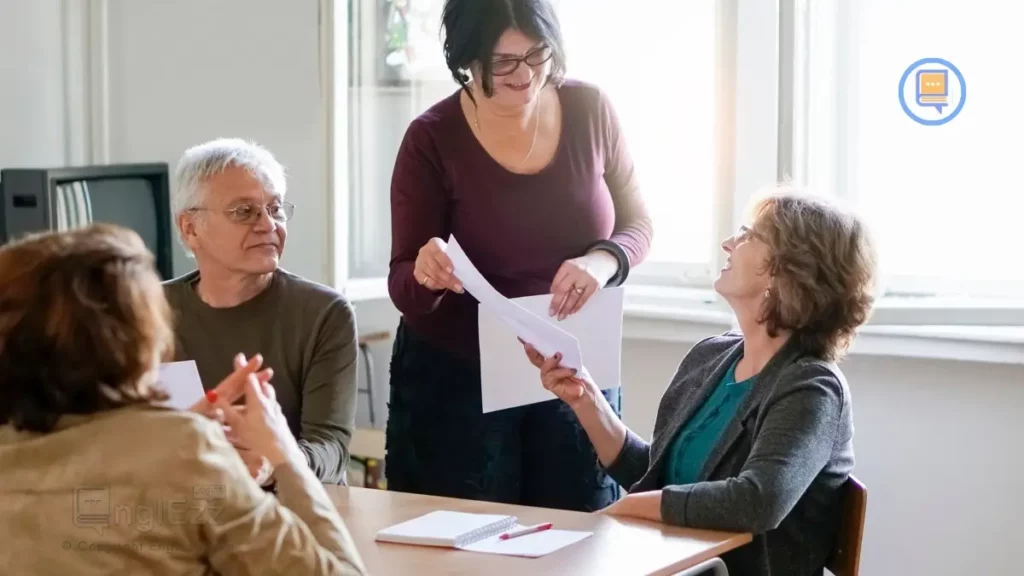
As a result of this shared commitment to the student’s success, not only did the student’s academic performance improve significantly, but their overall attitude towards learning also underwent a positive transformation.
These narratives underscore how effective parent-teacher partnerships transcend routine interactions by embodying a shared dedication to nurturing each student’s potential. By listening attentively to each other’s perspectives, identifying specific needs, and actively collaborating on solutions, parents and teachers can create an empowering environment where students flourish academically and personally. These stories serve as beacons of inspiration for educators and families alike, illustrating that when trust is established, collaboration thrives, leading to tangible enhancements in academic achievement and overall well-being.
Fostering Open Parent-Teacher Communication Channels
Establishing open lines of communication between parents and teachers is vital in creating a supportive academic environment for students. One practical piece of advice is to initiate dialogue early on, building the foundation for a strong partnership. Encouraging an open-door policy where both parties feel comfortable reaching out can help address concerns proactively and prevent issues from escalating. By setting the tone for transparent communication from the start, parents and teachers can cultivate a collaborative relationship focused on student success.
In today’s digital age, leveraging various platforms for communication is key to staying connected. From scheduling face-to-face meetings to utilizing emails or educational apps, there are numerous avenues to foster regular dialogue between parents and teachers. For example, using a secure online portal to share progress reports or important updates can ensure that information reaches both parties in a timely manner. Embracing technology as a tool for enhancing communication can streamline exchanges and keep everyone involved in the educational journey aligned.
Moreover, organizing regular check-ins or parent-teacher conferences provides dedicated time for meaningful discussions about student progress and well-being. These meetings offer opportunities to celebrate achievements, address concerns collaboratively, set goals together, and track academic growth over time. By engaging in constructive dialogue through scheduled interactions, parents and teachers can strengthen their partnership and work towards unlocking each student’s full potential by aligning efforts and resources effectively.
Cultivating Parent-Teacher Mutual Respect
Cultivating mutual respect between parents and teachers is fundamental to fostering a productive partnership that positively impacts student success. Recognizing and valuing each other’s expertise, whether it be a teacher’s educational background or a parent’s deep understanding of their child, lays the groundwork for effective collaboration. By acknowledging the unique strengths that both parties bring to the table, a respectful environment is created where diverse perspectives are seen as assets rather than obstacles.
When differences in opinions or approaches arise, approaching them with professionalism and understanding can lead to constructive outcomes. Rather than viewing disagreements as conflicts, parents and teachers can see them as opportunities for growth and learning. For instance, if a parent prefers a specific learning method different from what the teacher uses in class, open communication channels fostered in the previous stage can allow for a dialogue where both parties explain their rationale. Through respectful discussions and an open mind towards alternative viewpoints, compromises can be reached that benefit the student’s overall learning experience.
An example of cultivating mutual respect could involve a scenario where a parent expresses concerns about their child’s progress in math while the teacher believes the issue lies in study habits rather than comprehension. Instead of dismissing each other’s perspectives, they engage in an empathetic conversation where they share insights on how best to support the student collaboratively. By recognizing and respecting each other’s roles in nurturing the child’s academic growth, they work together to address both academic content gaps and study skill deficiencies effectively. This approach not only strengthens trust but also showcases how mutual respect enhances problem-solving strategies within the partnership.
Cultivating Empathy
Empathy serves as a vital bridge between the home and school environments, fostering understanding and connection between parents and teachers. By acknowledging and appreciating the diverse challenges faced by individuals in both settings, empathy allows for a deeper level of collaboration and support. For instance, a teacher showing empathy towards a parent struggling to balance work demands and active involvement in their child’s education can strengthen the partnership by demonstrating understanding and offering flexible solutions that cater to the parent’s circumstances.
Cultivating empathy involves actively listening to each other’s perspectives, recognizing emotions, and responding with sensitivity. When parents share their concerns about their child’s academic progress or behavioral issues, teachers practicing empathy can offer guidance and support while considering the unique context of the family dynamics. Likewise, when teachers communicate challenges they face in managing diverse student needs, parents approaching these discussions with empathy can contribute ideas that align with the teacher’s goals while respecting the professional expertise guiding classroom decisions.
Through empathy-driven interactions, parents and teachers can create a supportive environment where open communication thrives, mutual respect deepens, and shared goals are established collaboratively. Empathy acts as a powerful tool in breaking down barriers that may arise due to differing perspectives or perceptions, paving the way for constructive dialogue focused on holistic student development. Ultimately, embracing empathy in parent-teacher partnerships leads to stronger relationships built on trust and understanding, essential elements in nurturing academic success for every child.
Setting shared goals
Setting shared goals for student achievement is paramount in fostering successful parent-teacher partnerships. By aligning educational objectives with the expectations of parents, teachers, and students, a cohesive approach to learning can be established. Imagine a scenario where a teacher, parent, and student come together to outline specific academic targets that are measurable, achievable, relevant, and time-bound. For instance, if a student struggles with reading comprehension, setting a SMART goal could involve improving their reading level by one grade within the next three months. This collaborative goal-setting process not only provides clarity but also ensures everyone’s commitment towards the student’s progress.
When applying the SMART criteria to goal setting within the context of parent-teacher partnerships, specificity is key. Instead of a vague goal like “improve math skills,” a more effective objective could be “increase accuracy in solving division problems by 20% by the end of the semester.” Furthermore, these goals should be measurable so progress can be tracked effectively. Parents and teachers can regularly assess whether the strategies put in place are yielding results according to the predefined benchmarks. By making these goals achievable based on the student’s current abilities and growth trajectory, both parties can maintain realistic expectations while striving for improvement.
Relevance is another crucial factor when establishing shared goals for student achievement. Goals should directly contribute to enhancing the learner’s academic performance or addressing specific areas of growth. For example, if enhancing writing skills is identified as a priority area for a student aiming to apply for advanced placement courses in high school, crafting essays that meet certain criteria could be part of their set objectives.
Lastly, time-bound goals create a sense of urgency and motivate stakeholders to work consistently towards their attainment. With clear milestones set along designated timelines, parents and teachers can celebrate incremental victories and adjust strategies as needed to ensure continuous progress towards academic success for every student involved in this collective effort.
Practical Tips for Effective Parent-Teacher Meetings
Parent-teacher meetings serve as crucial touchpoints where collaborative efforts can be solidified towards the common goal of supporting the student’s academic journey. To ensure these meetings are fruitful, preparation is key. Parents can start by jotting down any questions, concerns, or observations they wish to discuss, ensuring that the meeting remains focused and productive. Similarly, teachers can prepare by having concrete examples of the student’s progress and areas requiring improvement at hand to steer the conversation towards actionable outcomes.
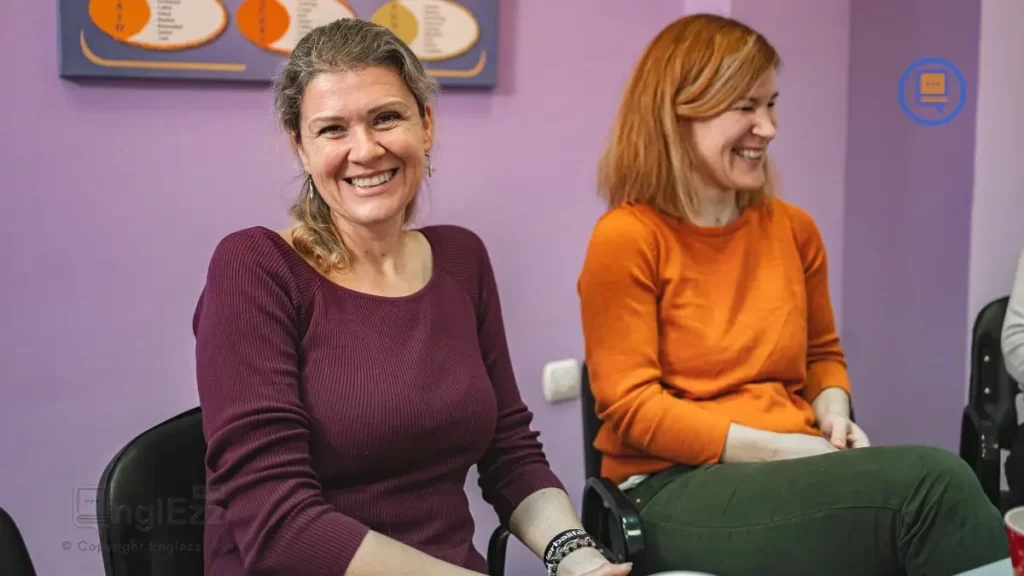
During parent-teacher meetings, it is essential to foster a positive and open dialogue. One effective strategy is to begin by acknowledging successes—no matter how small—and progress made by the student. Celebrating achievements not only boosts morale but also sets an optimistic tone for addressing areas needing attention. By shifting the focus from solely problem-solving to recognizing accomplishments, both parents and teachers can create a supportive environment conducive to growth and development.
When concerns arise during parent-teacher meetings, it is vital to approach them collaboratively. Rather than assigning blame or becoming defensive, both parties should strive to understand each other’s perspectives and work together towards finding solutions. By adopting a problem-solving mindset and developing action plans jointly, parents and teachers can create actionable steps tailored to address specific challenges while leveraging each other’s strengths for the benefit of the student.
Incorporating feedback loops into parent-teacher meetings can further enhance their effectiveness. Following up on action items discussed during previous meetings demonstrates commitment from both sides in prioritizing the student’s well-being and academic success. By establishing clear expectations, setting timelines for implementation, and revisiting progress regularly through consistent communication channels post-meeting, parents and teachers can ensure that their collaborative efforts are yielding tangible results for the student’s learning journey.
Building Trust and Collaboration
Strengthening the bond between parents and teachers goes beyond occasional meetings or brief interactions; it thrives on continuous support and ongoing commitment from both parties. Building a strong partnership requires investing time, effort, and resources to ensure that the collaboration remains resilient and beneficial for students. To enhance these partnerships, schools can create a supportive network within the community that fosters communication, understanding, and shared objectives. By establishing platforms for regular interaction, such as parent-teacher associations, workshops, or digital forums, parents and teachers can engage in meaningful conversations that strengthen their connection.
One effective strategy for strengthening partnerships is involving parents in the decision-making processes of the school. When parents have a voice in shaping school policies, programs, and initiatives, they feel empowered and connected to the educational environment where their children spend a significant portion of their day. This involvement not only enriches the educational experience but also cultivates a sense of ownership and responsibility among parents towards supporting academic success.
In addition to formal structures within the school community, encouraging informal interactions can also contribute to building lasting relationships between parents and teachers. Simple gestures like sending positive updates about a student’s progress, sharing learning resources or strategies, or expressing gratitude for collaborative efforts can go a long way in nurturing trust and camaraderie. By recognizing each other’s contributions and consistently providing support in various forms, parents and teachers lay the foundation for enduring partnerships that prioritize student achievement above all else.
Empowering Academic Success Through Unified Efforts
As we conclude our exploration of the essential partnership between parents and teachers in unlocking academic success for students, it becomes evident that sustainable achievement is within reach through unified efforts. By reinforcing the importance of building trust, fostering collaboration, empathizing with one another’s perspectives, and setting shared goals, a solid foundation is laid for impactful educational journeys. Parents and teachers, as key stakeholders in a child’s learning process, have the power to shape futures by working hand-in-hand towards common objectives.
Continued dedication to nurturing positive relationships rooted in trust, active collaboration, empathy, and shared aspirations for student achievement will pave the way for lasting educational successes. As we embark on this journey together—parents, teachers, and educators—we carry the torch of inspiration and empowerment to create thriving academic environments where every child can flourish. Let us embrace the power of unity and collective support as we champion the education of our future generations with unwavering commitment and optimism. Together, we truly hold the key to unlocking endless possibilities for our children’s growth and academic triumphs.



